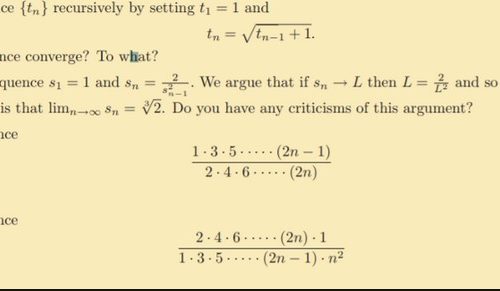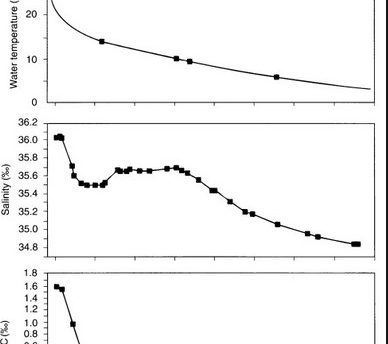
Atmospheric aerosol particles are conventionally defined as those particles suspended in air having diameters in the region of 0.001 to 10 m. They are formed by the reaction of gases in the atmosphere, or by the dispersal of material at the surface. Although making up only 1 part in 109 of the mass of the atmosphere, they have the potential to significantly influence the short-wave radiative transfer. The recent addition of anthropogenic aerosols to the atmosphere has introduced a negative change in radiative forcing which partially offsets the positive greenhouse forcing discussed in the last section.




Leave a Reply